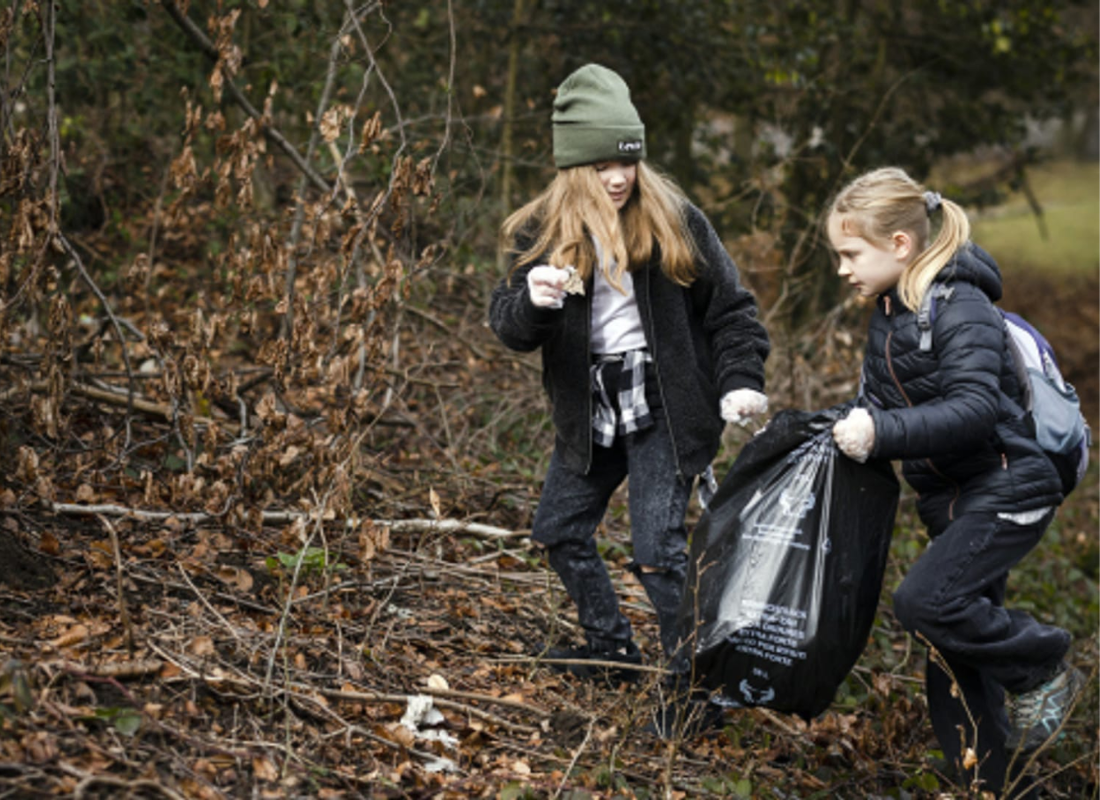
In Switzerland, thousands of sites are tainted by a history of inadequate waste management, leaving behind environmental and financial challenges that persist today. From small towns to major cities, some 40,000 former landfills dot the country, reflecting past practices when burying waste near residential areas, forests, or rivers was common and often considered harmless. But as time passes, these forgotten waste sites—once buried and assumed safe—pose significant risks to ecosystems and human health, particularly through soil and groundwater contamination.
 (Source:https://www.srf.ch/news/schweiz/suenden-der-vergangenheit-meilenstein-bei-sanierung-einer-grossen-abfalldeponie)
(Source:https://www.srf.ch/news/schweiz/suenden-der-vergangenheit-meilenstein-bei-sanierung-einer-grossen-abfalldeponie)
A Problem Reemerges
Many of these disposal sites date back to the 20th century when industrial and household waste was simply dumped and buried, often in local forests or pits on the outskirts of communities. What seemed practical then has since revealed a dark side: hazardous chemicals and materials from industrial byproducts, batteries, and even early plastics, all of which can leach into surrounding soil and water.
One notable example is the forest near Duggingen, where years of waste dumping have left a significant toxic legacy. Hidden beneath layers of soil, waste has slowly started to reappear due to erosion and other natural processes. People strolling through these areas today might see tires, building materials, and even chemicals poking through the forest floor. Duggingen’s situation is not unique.
 (Source: https://www.srf.ch/news/schweiz/problematische-muellentsorgung-der-abfall-unter-der-erde)
(Source: https://www.srf.ch/news/schweiz/problematische-muellentsorgung-der-abfall-unter-der-erde)
High-Risk Areas Demand Immediate Action
While most of these sites pose minimal immediate risk, some are classified as high-risk due to the nature and concentration of pollutants. The Swiss Federal Office for the Environment estimates that roughly 3,300 sites are actively harmful, with a real possibility of pollutants contaminating nearby groundwater, soil, or even the air. Such was the case in La Pila near Freiburg, where hazardous chemicals from an old landfill contaminated fish populations in the nearby Saane River, prompting authorities to impose a fishing ban.
Kölliken has become emblematic of Switzerland’s “buried waste problem,” showcasing the dangers posed by these sites and the high costs associated with cleanup efforts. The FOEN and local governments face the challenging task of deciding which sites require urgent attention, as a full cleanup of all 40,000 sites would be financially unfeasible. Instead, cleanup efforts are prioritized based on environmental impact, health risk, and technical feasibility.
 (Source: https://www.aargauerzeitung.ch/aargau/kanton-aargau/ruckbau-der-sondermulldeponie-kostet-weniger-als-geplant-ld.1464168)
(Source: https://www.aargauerzeitung.ch/aargau/kanton-aargau/ruckbau-der-sondermulldeponie-kostet-weniger-als-geplant-ld.1464168)
The Economic and Environmental Cost of Cleanups
Restoring high-risk sites is both financially and environmentally taxing. Excavating and rehabilitating a landfill often requires clearing local vegetation, transporting waste, and properly disposing of hazardous materials—actions that come at a high ecological cost. In some cases, the excavation work itself can disturb the ecosystem to the point where it takes years, even decades, to recover.
The Swiss Federal Office for the Environment estimates that rehabilitating all 3,300 high-priority sites could cost Switzerland up to 5 billion Swiss francs. To help fund these efforts, Switzerland established the “VASA” fund, a federal support system that helps local governments shoulder the costs of large-scale cleanup projects. But even with this assistance, the scale of these projects is daunting, and the Swiss government has set a target to address these sites by 2040—a goal that remains ambitious given the technical and financial challenges.
 (Source: https://www.limmattalerzeitung.ch/limmattal/zuerich/sondermulldeponie-kolliken-zurich-blitzt-vor-bundesgericht-ab-ld.1339787)
(Source: https://www.limmattalerzeitung.ch/limmattal/zuerich/sondermulldeponie-kolliken-zurich-blitzt-vor-bundesgericht-ab-ld.1339787)
Innovative Approaches to Waste Management
While cleanup efforts continue, Switzerland has also shifted toward more sustainable waste management practices. In 2000, the country banned landfills for combustible waste, marking a significant step toward a circular economy where waste is increasingly viewed as a resource rather than refuse. Swiss incineration plants are now equipped to recover metals and other materials from ash after burning household waste. One pioneering facility in Hinwil recovers substantial amounts of iron, aluminum, and copper from waste incineration, creating a sustainable source of materials from everyday refuse.
This shift has made a significant impact on reducing Switzerland’s dependence on landfills. However, certain types of waste, especially construction debris, still require landfill disposal, highlighting the ongoing need for effective and safe waste management strategies.
 (Source: https://www.srf.ch/news/kehrichtverbrennung-im-aargau-zwei-kleinere-statt-eine-ganz-grosse)
(Source: https://www.srf.ch/news/kehrichtverbrennung-im-aargau-zwei-kleinere-statt-eine-ganz-grosse)
The Path Forward: Addressing the Legacy of Waste
Switzerland’s buried landfills represent a unique blend of environmental, economic, and social challenges. The massive cleanup operations in places like Kölliken, the Basel region, and the “Stadtmist” site in Solothurn highlight the complexity and scale of the issue. While cleanup projects are underway in these areas, others remain untouched, especially where risks are deemed low. This approach—known as the “source stop” principle—prioritizes monitoring over intervention unless the pollution is actively spreading.
Public awareness and political support are essential to tackling these “sleeping giants” of pollution. In communities like Solothurn, public and private interests have even merged, with real estate developers eyeing former landfill sites for potential urban projects. One proposed development project in Solothurn, led by a prominent developer, envisions transforming the “Stadtmist” landfill into a residential district, but only if environmental remediation is feasible and funding is secured.
 (Source: https://www.srf.ch/news/schweiz/suenden-der-vergangenheit-meilenstein-bei-sanierung-einer-grossen-abfalldeponie)
(Source: https://www.srf.ch/news/schweiz/suenden-der-vergangenheit-meilenstein-bei-sanierung-einer-grossen-abfalldeponie)
Conclusion
Switzerland’s historical landfills offer a cautionary tale about the long-term impacts of seemingly benign waste management practices. The country’s commitment to addressing these sites reflects a broader understanding of environmental stewardship and sustainability. Yet, the challenge remains immense, with billions still needed to remediate contaminated sites and prevent future harm. As Switzerland moves forward, balancing environmental protection, economic feasibility, and public safety will be key to resolving the buried legacy of waste.
 (Source: https://www.srf.ch/news/schweiz/suenden-der-vergangenheit-meilenstein-bei-sanierung-einer-grossen-abfalldeponie)
(Source: https://www.srf.ch/news/schweiz/suenden-der-vergangenheit-meilenstein-bei-sanierung-einer-grossen-abfalldeponie)



